
The Best Plot Structure for Writing a Romantic Comedy

The perfect mixture of romance and humour, romantic comedies are the ideal escapist genre. They remind us of the fun and drama of being in love, full of warmth, hilarious misunderstandings, and probably a sassy best friend. The most important element is a sense of fun, and this plot structure will guide you through writing a romantic comedy from start to finish.
We’ll be looking at some of the most popular story structures and breaking down how to use them to their fullest effect. You’ll be able to access the full repository here as we release them, complete with downloadable templates to use in your next Novlr project!
Act 1
Introduce your protagonist, the world they inhabit, as well as their motivation for change. Act 1 will make up 25% of your story and should include a setup, hook, and an inciting incident.
Stage 1: The Setup
In this stage, your readers will get to know your Protagonist. They need a clear internal and/or external motivation or conflict. This will be their unfulfilled desire. This first stage introduces your readers to your Protagonist’s ordinary world and should also show that there is something they feel is missing from this everyday existence.
The goals and desires set up in this early stage are what will bring them into conflict with the Love Interest when they are introduced.
Stage 2: The Meet Cute
This serves as your narrative’s inciting incident. This is the moment that brings your Protagonist and their Love Interest into conflict in a credible but amusing way. The way this meeting or initial conflict plays out will set the tone for the rest of your novel, so be certain that it gives the right impression.
A great comedy meet cute often includes tropes like enemies to lovers. There is often an instant attraction, but an obstacle, misunderstanding, or a personality clash can lead to conflict or a false belief about the other character. Whatever your inciting incident is, it should be intriguing and have a root cause that can be explored through character growth.

Act 2
This is the bulk of your story and will make up the 25%-75% mark. Most of your character and romance development will happen here, where you explore the conflict between the Protagonist and Love Interest and their personal growth.
Stage 3: The Complication
After their initial meeting, a new development raises the stakes, clearly defining the Protagonist’s goal. It sets the Protagonist and Love interest at cross purposes or shows that their internal needs do not align with their external goals. An example of this would be a Protagonist who longs for a stable relationship but has a job that moves them to a new city every few months.
In this complication, there should be the first inkling that the Protagonist and Love Interest’s opinion of the other may be starting to change. It’s a chance to raise the romantic tension while committing to the false belief they cemented in stage 2. But the characters should remain in denial with further conflict waiting in the wings.
Stage 4: The Middle Hook
Against their wishes, the Protagonist and Love interest are forced into each other’s paths. They are still committed to their external goals, but the conflict between their internal needs is starting to create tension, raising the stakes as a consequence.
This is where you’ll really ramp up the romantic tension. Forced into a situation where they must spend time together, the Protagonist and Love Interest see their perspectives beginning to change. With this change in perception, they can begin to imagine a future relationship. However, the conflict that relationship would cause with their external goal or false belief will ultimately prove too powerful. A brief “what if” moment is all they allow themselves.
Stage 5: The Turning Point
Despite the conflict with their false belief or external goals, your Protagonist and Love Interest will grow closer. They may even share an intimate moment. This brings the conflict between their internal and external goals into sharp focus. Developing a romantic relationship will put the realisation of either the Protagonist or Love Interest’s external goal in jeopardy, forcing them to re-evaluate its importance.
In this section, you should explore the connection between your characters and determine how their deepening connection will manifest. This could be through physical intimacy or a confession of love. This is when your readers will have their patience rewarded as the Protagonist and Love Interest finally take a step forward in their romantic connection.

Act 3
Act 3 begins with the climax of the story as the Protagonist and Love Interest must face their final challenge and choose the future of their relationship. It makes up the final 25% of your story, ramping down toward a happily ever after conclusion.
Stage 6: The Crisis
Despite a deepening relationship, this stage will introduce a crisis moment where the new relationship between the Protagonist and Love Interest is threatened. The turning point of stage 5 will have unintended consequences revealing a private motivation or perceived betrayal not yet revealed to the other.
In this stage, any remaining conflicts or false beliefs will surface, threatening the relationship. The Protagonist and Love interest will break up and attempt to return to their ordinary world but will find their perception of it changed by their experiences. It introduces a rare moment of genuine sadness into the comedy pacing as the Protagonist and Love Interest mourn what they have lost and worry they will never find a way to reunite.
Stage 7: Happily Ever After
Despite their doubts, the Protagonist and Love Interest will reunite and face a reconciliation. This will force them to decide, once and for all, whether they will choose each other or succumb to the conflict created by their external goals or false beliefs. By the end of this stage, they will have decided on the ultimate importance of their relationship and will have overcome any conflicts, willing to make the sacrifices needed for the sake of their love.
A romantic comedy should always have a happy ending where either a long-term commitment or marriage is explicitly stated or heavily implied. You should show how your characters have changed and grown to help them reach this happy ending and how the sacrifice needed to overcome their conflicts is worth it. They give in to their romance, and your book should end with a moment of happily ever after, creating a new, joint ordinary world in which both the Protagonist and Love Interest are active participants.
You can download the template below to use it for your next project and import it directly into Novlr. If you go to the Projects page from your Novlr dashboard and click on “Import,” the template will automatically split your project into acts and sections for easy plotting!
There is no “right” way to outline a novel. That’s why there are lots of different story structures out there. The trick is finding one that works for you and adapting it to suit your needs. Once you understand the way story structure works, it’s easy to bend the rules to make something unique to you.
A good plot template can provide a springboard for your ideas, giving them fertile soil in which your imagination can help them flourish into the novel they deserve to be.





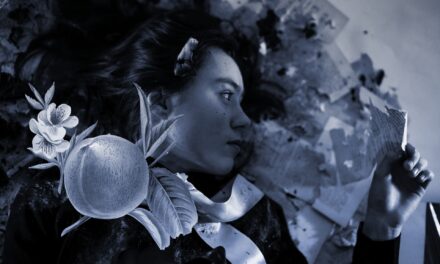



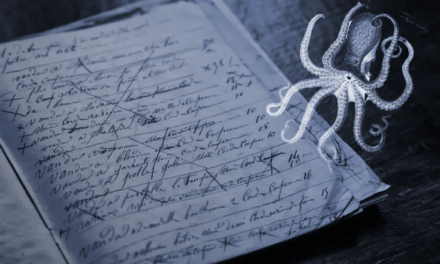









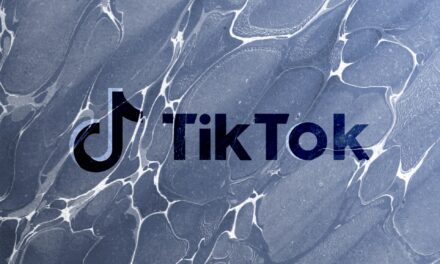




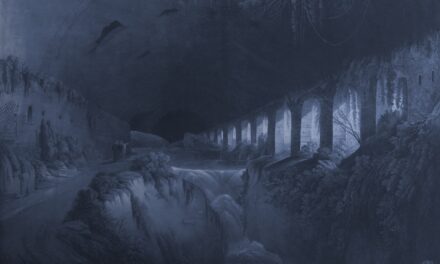



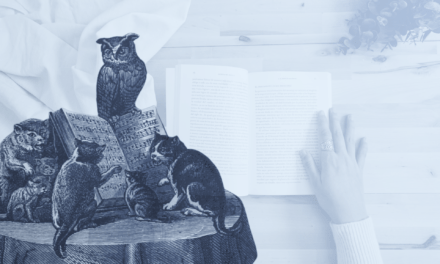



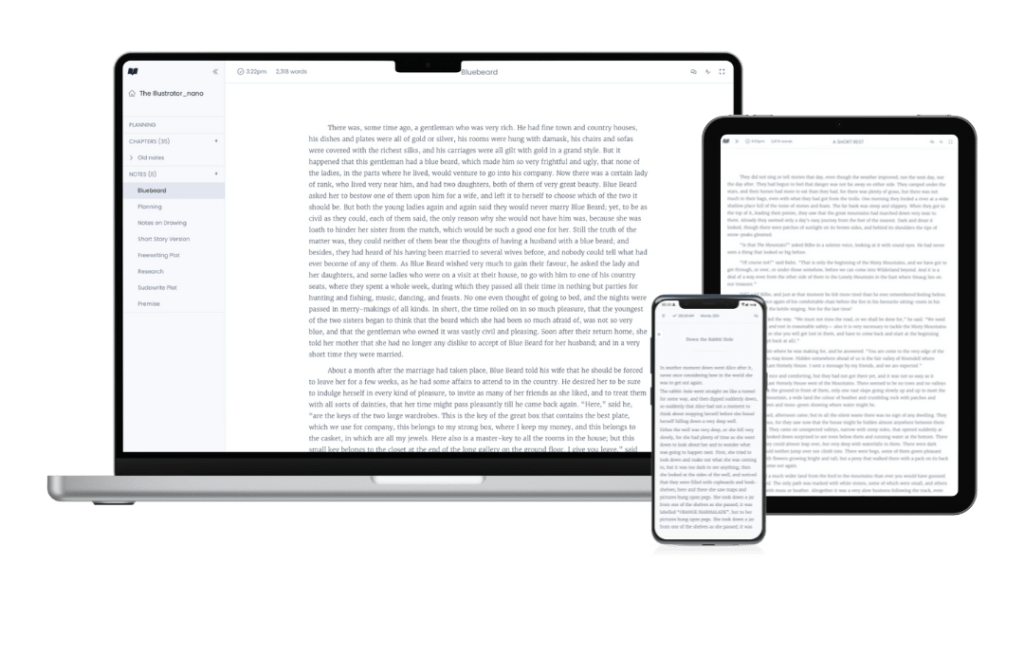
Um, the template link in this article seems to be for a horror story rather than a romantic comedy :O
I’ve just re-uploaded it. Hopefully it links to the right file now!